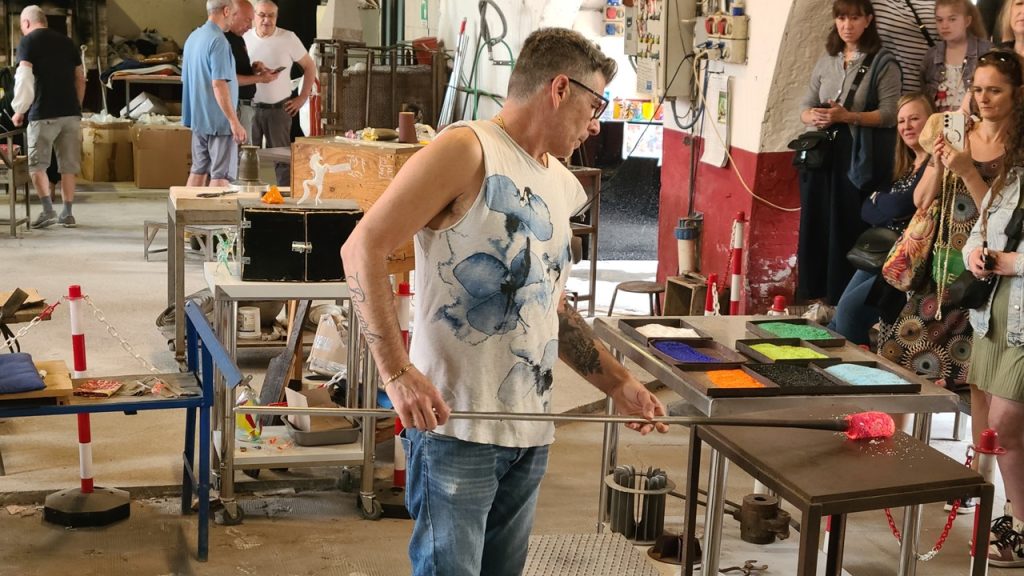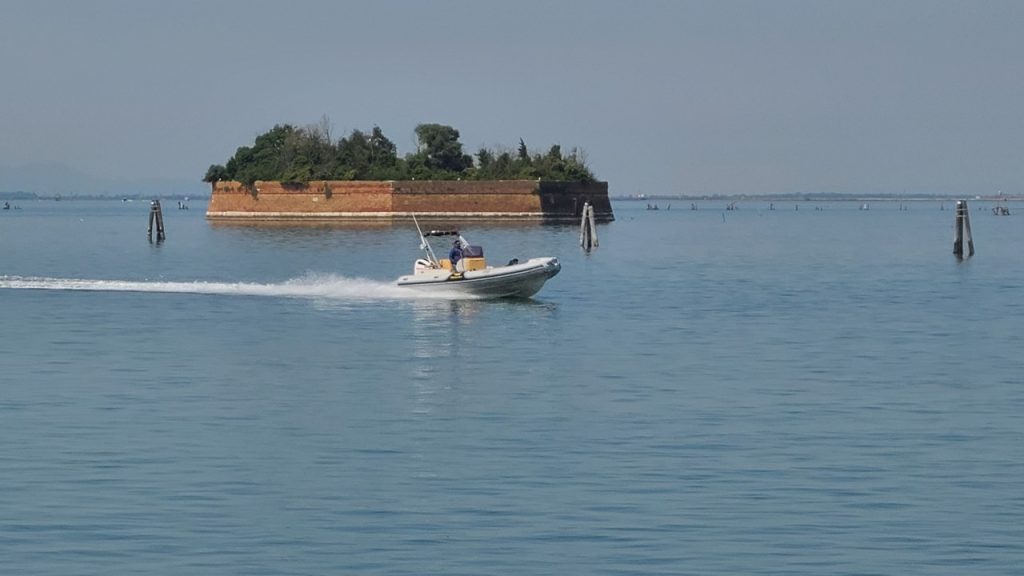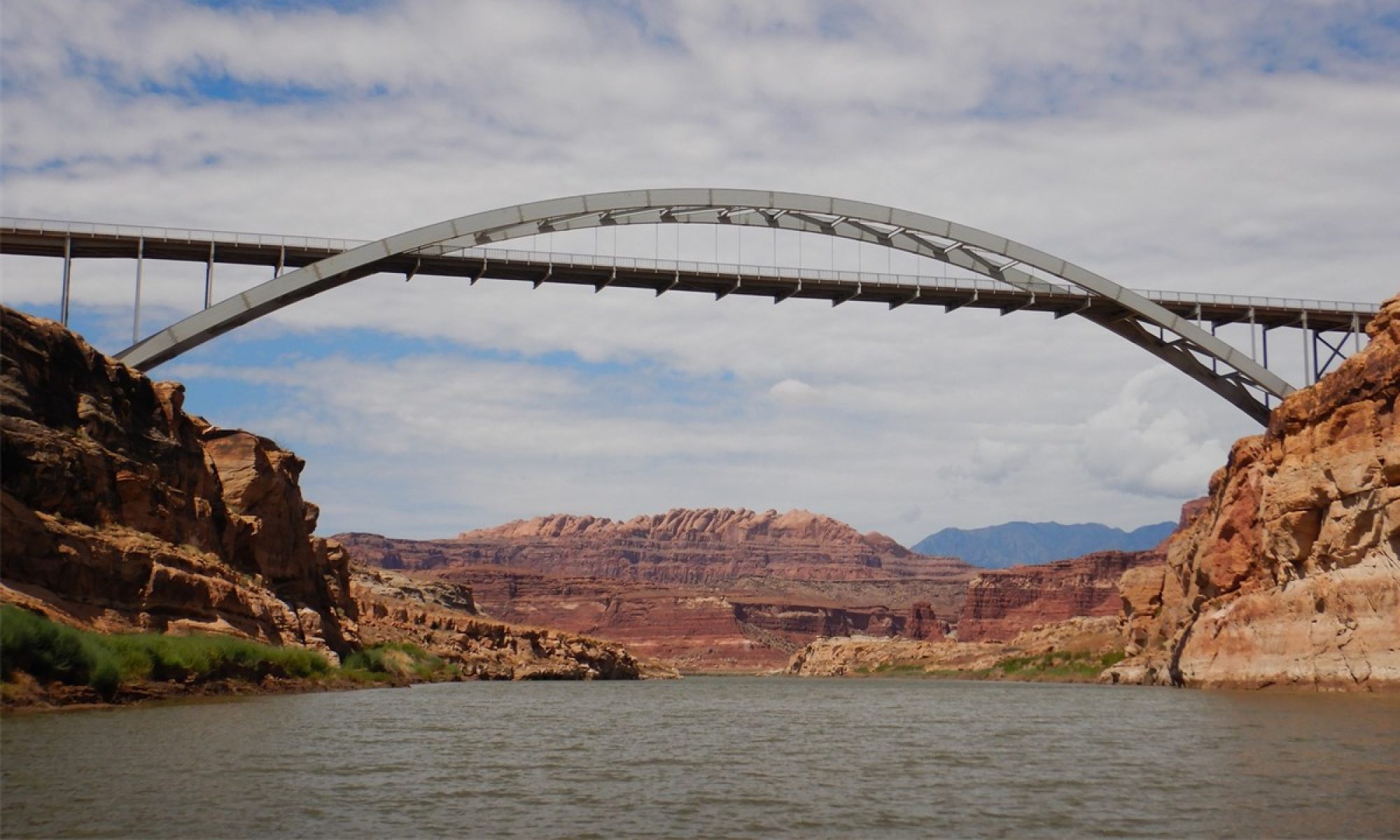Part 2: Venice and Murano
We finally pass the southern end of Venice and head to Le Vignole a small farming island divided by a small, quiet canal with lovely pedestrian bridges and footpaths. Halfway down the canal are located paline that are reserved for our Charter Company and we moored alongside the poles, and then walk to the northern end of canal where there is a ACTV Vaporetto, (water ferry), every 30 minutes to the island and city of Venice. Twenty-five years ago, large cruise ships would dock at the island of Venice, but this is no longer allowed. Given the chaos and expense of the Venice island marinas, we decide this is a more convenient way to visit the historic city.
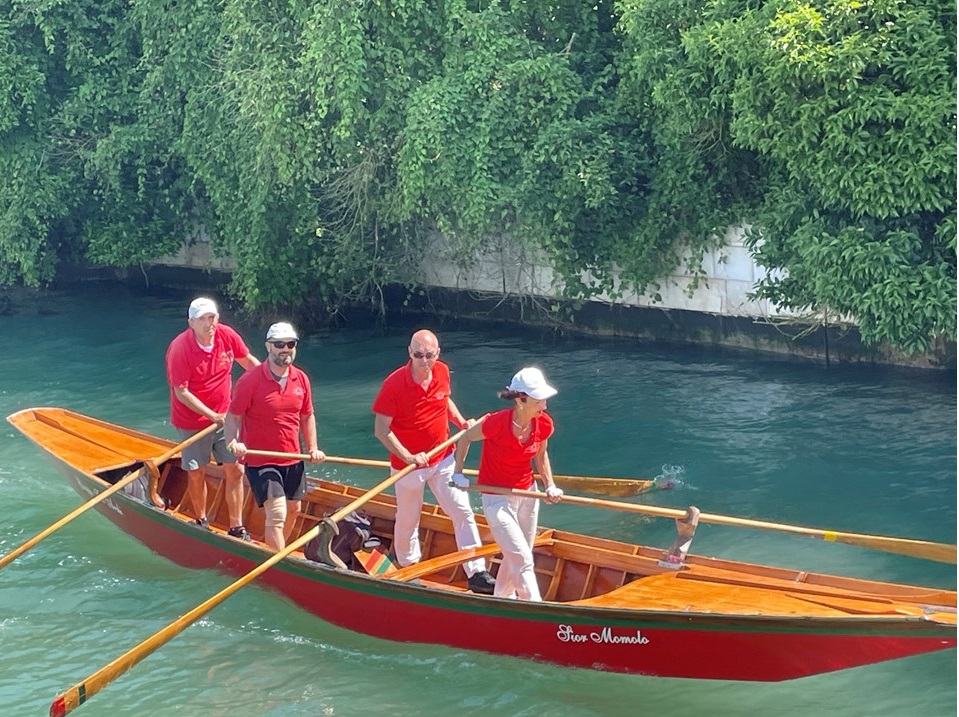
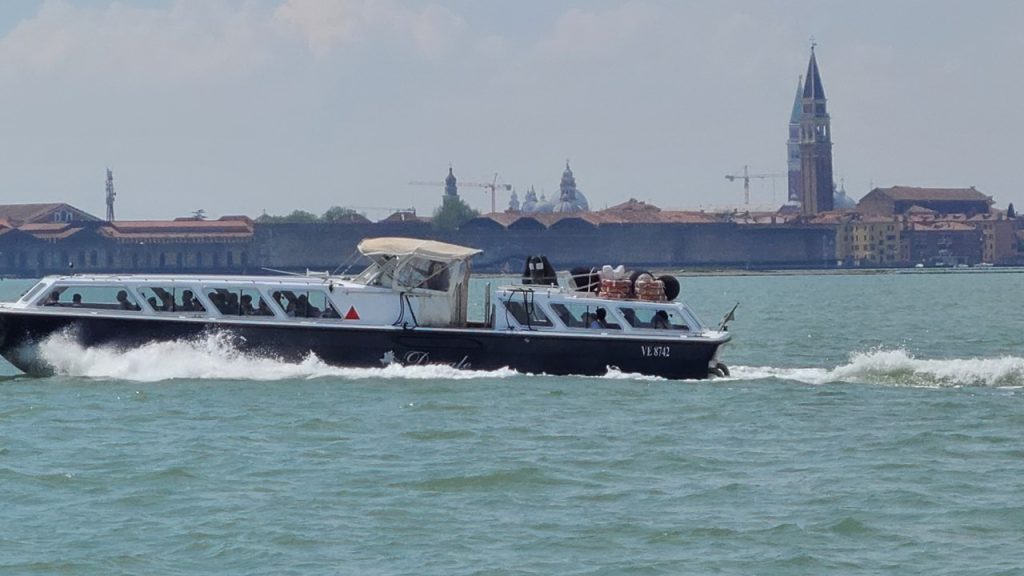
Once in Venice, we walked to St. Mark’s Square, which was fairly crowded. Tourists were taking gondola rides and taking pictures on the Rialto Bridge. We were impressed at how different Venice was from 25 years ago – the canals were clean and clear, the streets and walks were clean and in excellent condition, and there were no hordes of pigeons annoying one’s every movement (feeding pigeons in Venice was outlawed with a 500 Euro fine in 2008). We stopped for a late lunch of spinach cannelloni, lasagna, and gnocchi accompanied with G&Ts, before heading on to an Irish Pub to watch an English Premiere League match on television and to drink Irish whiskey and Guinness stout. After the game, it was back to the houseboat via vaporetto, where we were met on Le Vignole by a local farmer and purchased fresh strawberries, artichokes, and a local bottle of Prosecco. This was accompanied by a lesson in how to peel and eat raw artichoke hearts with olive oil and pepper, which we promptly snacked on. Back at the houseboat, we met some charter neighbors who had arrived and docked nearby.




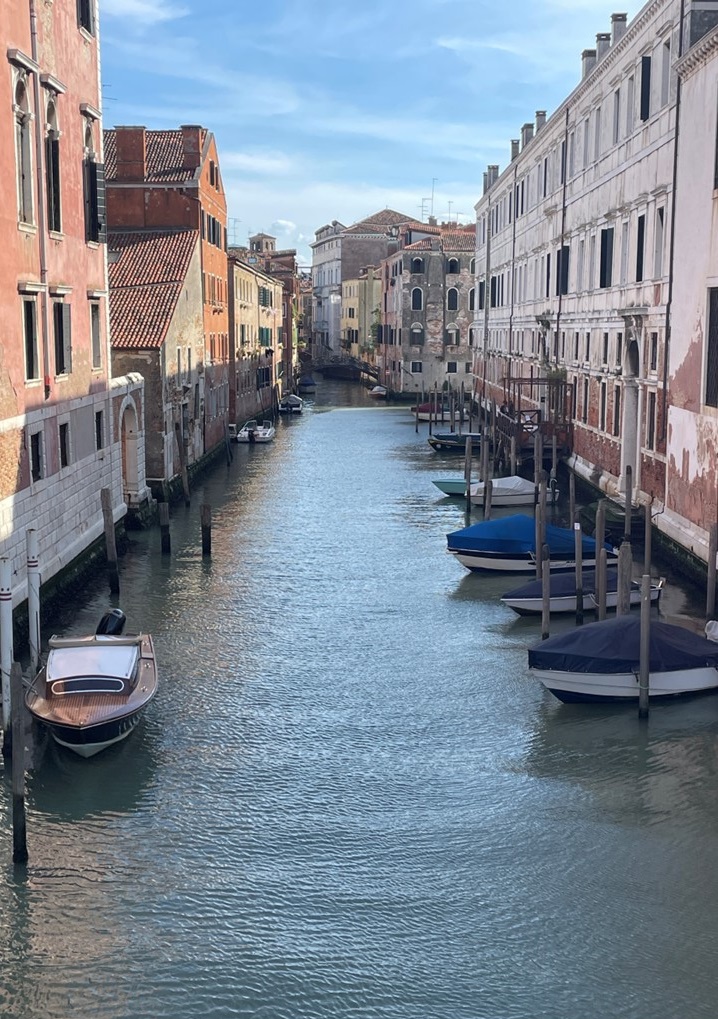
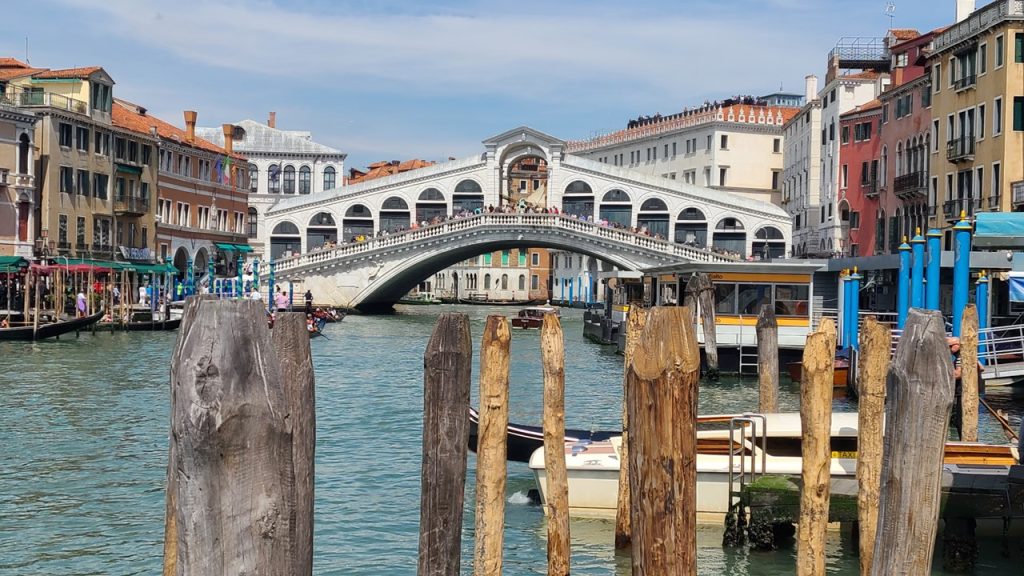

On Monday, we slept-in and had breakfast before taking the vaporetto to Murano. As is not unusual in Italy, this day was appointed as “strike day” for ACTV and vaporetto service was sporadic and handled by alternative companies. By agreement, “worker transports” only were going to run focusing on the early morning and early evening routes. Like Venice, Murano consists of seven smaller islands, two of which are of artificial origin. However, they are all connected by bridges, albeit separated by canals and narrow watercourses. The town has become famous worldwide for its glass art. Once there, we explored the shops and found a glass factory where we met the manager, Fabrizio, who lives part-time in West Palm Beach. There, we observed a glass blowing demonstration, before being invited upstairs to see the higher quality items, including vases, chandeliers, aquariums, and large pieces of glass art. After window shopping, we lunched at a nearby square, where we had a set 3-course meal, before shopping for souvenirs, and heading back to the vaporetto station only to find no boats for an hour-and-a-half. While waiting, we shared a local beer and avoided a brief rain shower, before catching a vaporetto back to Le Vignole, where we greeted our favorite farmer and bought and drank more Prosecco and ate snacks while playing a game of cards.


